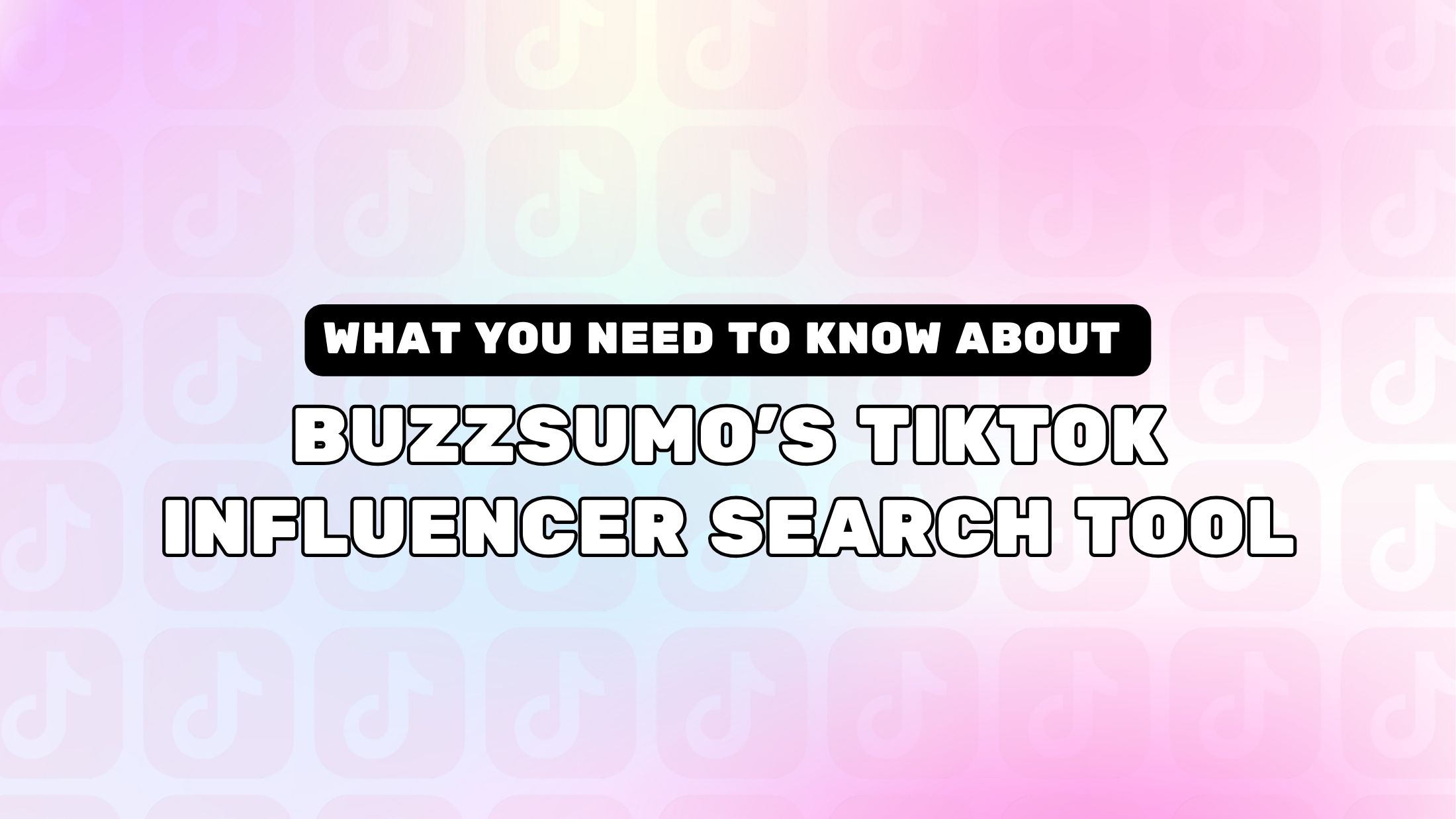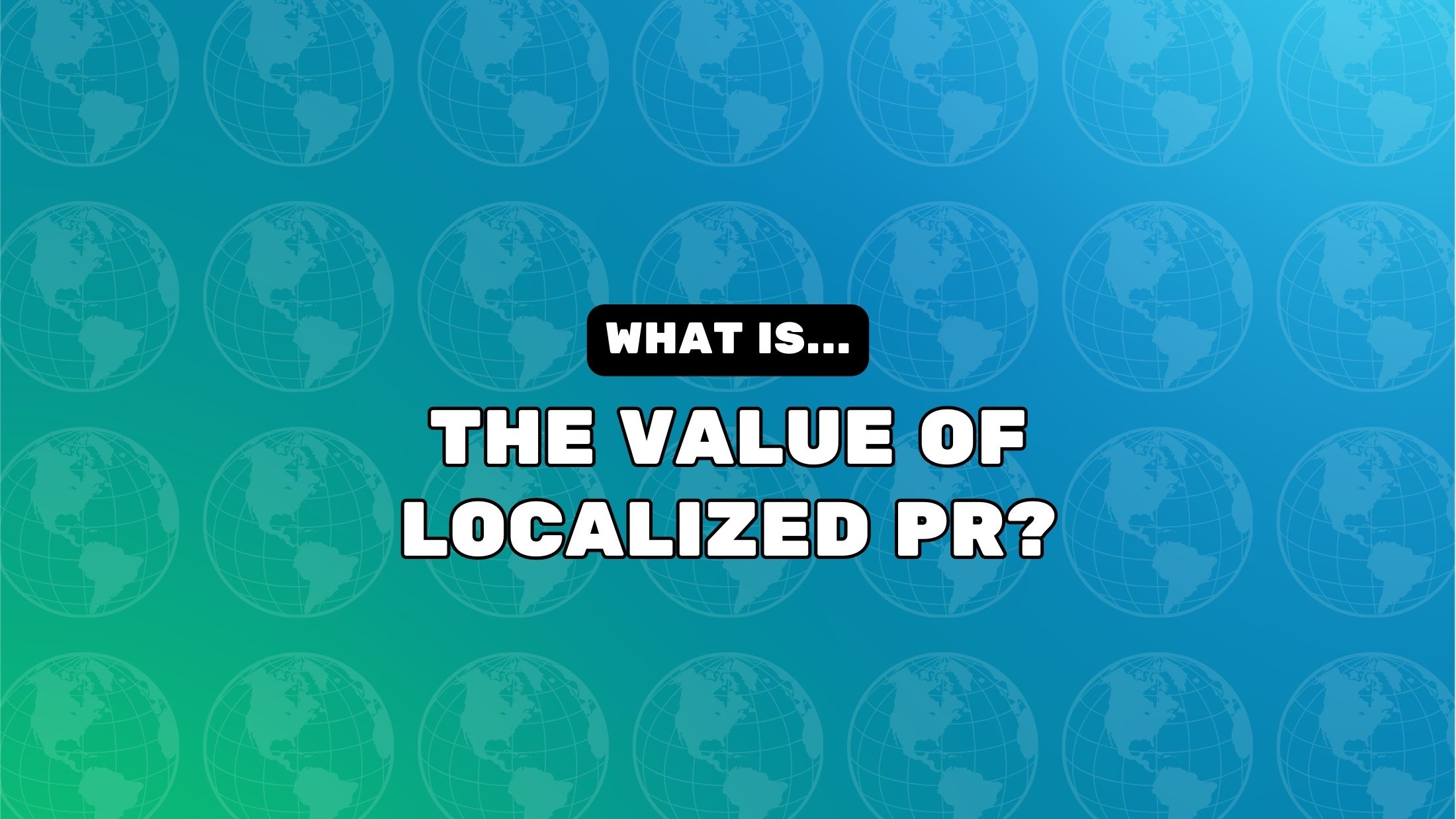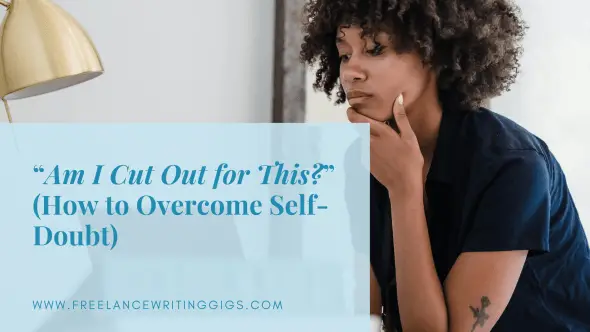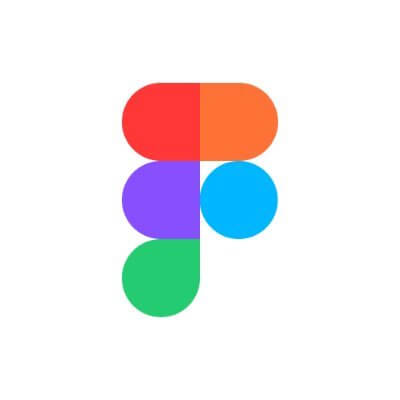AI-generated ASMR is taking over TikTok, and it’s getting really weird
On TikTok, an ASMR creator dips a spoon into a bowl of molten-hot lava, brings it to her lips, and eats it like it’s honey. Another creator crunches down into a seemingly radioactive moon stone, which is glowing so brightly that it’s visible through her cheeks. And a third takes a casual bite out of a cinnamon bun made of glass. Thankfully, none of these women are real: All three clips are an example of AI-generated ASMR. ASMR is an acronym for autonomous sensory meridian response, which describes a physical tingling sensation triggered by certain sounds or visuals. Videos designed to elicit these responses have been popular on YouTube for more than a decade, and have also found massive popularity as short-form clips on TikTok. Over the past few weeks, a subcategory of fantastical, often physically impossible AI-generated ASMR has started to take social media by storm. The key to AI ASMR? Google Veo 3 For anyone who regularly enjoys ASMR, AI-generated content has become unavoidable in recent weeks. The aforementioned lava clip, for example, has 2.8 million views on TikTok—and its creator, @asmraiworks, has several other videos boasting similar view counts. Another AI ASMR TikToker, @impossibleais, began posting just 10 days ago on June 10, and has already racked up millions of views and nearly 200,000 followers. On YouTube, compilations of these videos are steadily gaining traction, while creators across platforms are now offering paid courses to teach other users how to make viral AI ASMR. @satisfyingclips50 Crystal eating ASMR ✨️ #asmr #asmrvideo #asmrsounds #satisfying #satisfyingvideo #mukbangfoodasmr #aiasmr ♬ original sound – SatisfyingClips The key to this new genre of content appears to be Google’s Veo 3 AI video generator, which debuted this March. Unlike predecessors such as OpenAI’s Sora, Veo 3 can create sound and dialogue alongside its photorealistic video—making it the perfect medium for ASMR content, which relies on satisfying taps, crunches, and slurps to accompany its visuals. “Veo 3 with native sound is such a huge unlock here,” wrote Olivia Moore, AI partner at the venture capital firm a16z, in an X thread explaining the trend. “This is now a one step creation process, versus having to generate and then sync each individual sound with the video.” @tacokittyasmr MUKBANG ai asmr #foryoupage❤️❤️ #oddlysatisfying #slimeasmr #foryoupagе #fouryou #aigenerated #fyppp ♬ original sound –

On TikTok, an ASMR creator dips a spoon into a bowl of molten-hot lava, brings it to her lips, and eats it like it’s honey. Another creator crunches down into a seemingly radioactive moon stone, which is glowing so brightly that it’s visible through her cheeks. And a third takes a casual bite out of a cinnamon bun made of glass. Thankfully, none of these women are real: All three clips are an example of AI-generated ASMR.
ASMR is an acronym for autonomous sensory meridian response, which describes a physical tingling sensation triggered by certain sounds or visuals. Videos designed to elicit these responses have been popular on YouTube for more than a decade, and have also found massive popularity as short-form clips on TikTok. Over the past few weeks, a subcategory of fantastical, often physically impossible AI-generated ASMR has started to take social media by storm.
The key to AI ASMR? Google Veo 3
For anyone who regularly enjoys ASMR, AI-generated content has become unavoidable in recent weeks. The aforementioned lava clip, for example, has 2.8 million views on TikTok—and its creator, @asmraiworks, has several other videos boasting similar view counts. Another AI ASMR TikToker, @impossibleais, began posting just 10 days ago on June 10, and has already racked up millions of views and nearly 200,000 followers. On YouTube, compilations of these videos are steadily gaining traction, while creators across platforms are now offering paid courses to teach other users how to make viral AI ASMR.
The key to this new genre of content appears to be Google’s Veo 3 AI video generator, which debuted this March. Unlike predecessors such as OpenAI’s Sora, Veo 3 can create sound and dialogue alongside its photorealistic video—making it the perfect medium for ASMR content, which relies on satisfying taps, crunches, and slurps to accompany its visuals.
“Veo 3 with native sound is such a huge unlock here,” wrote Olivia Moore, AI partner at the venture capital firm a16z, in an X thread explaining the trend. “This is now a one step creation process, versus having to generate and then sync each individual sound with the video.”

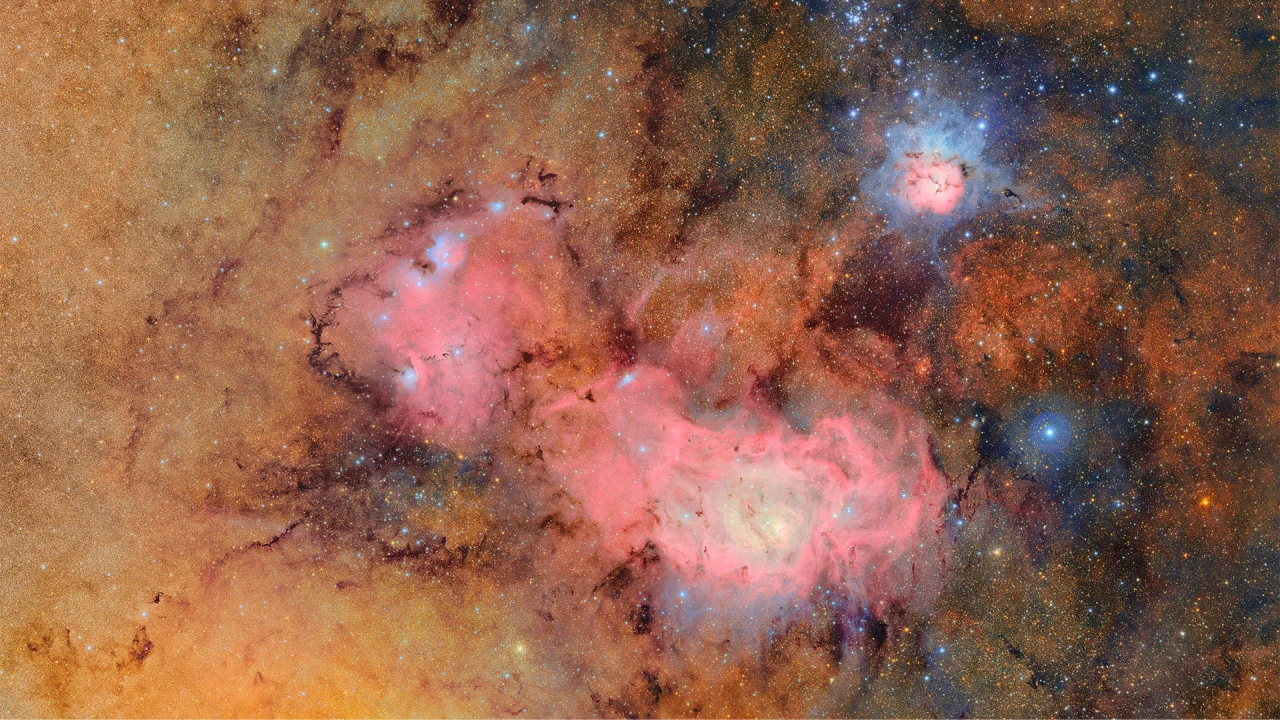





























































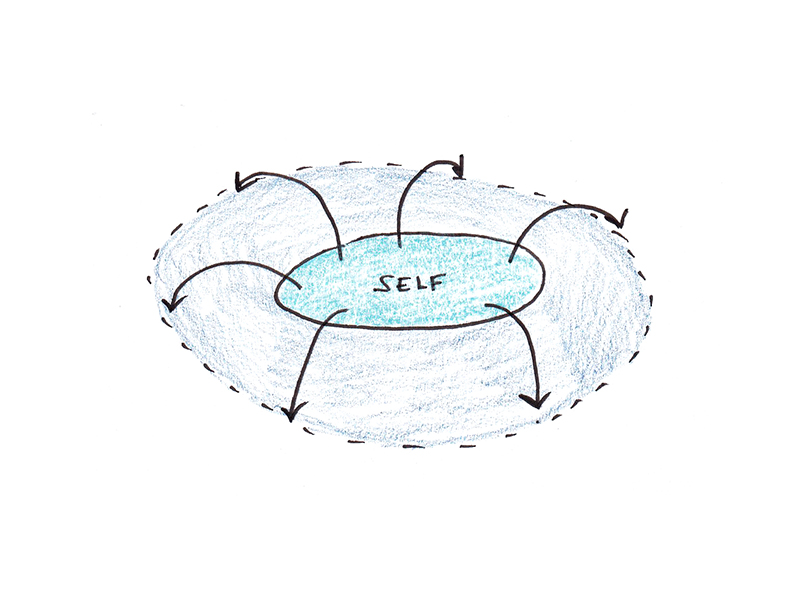
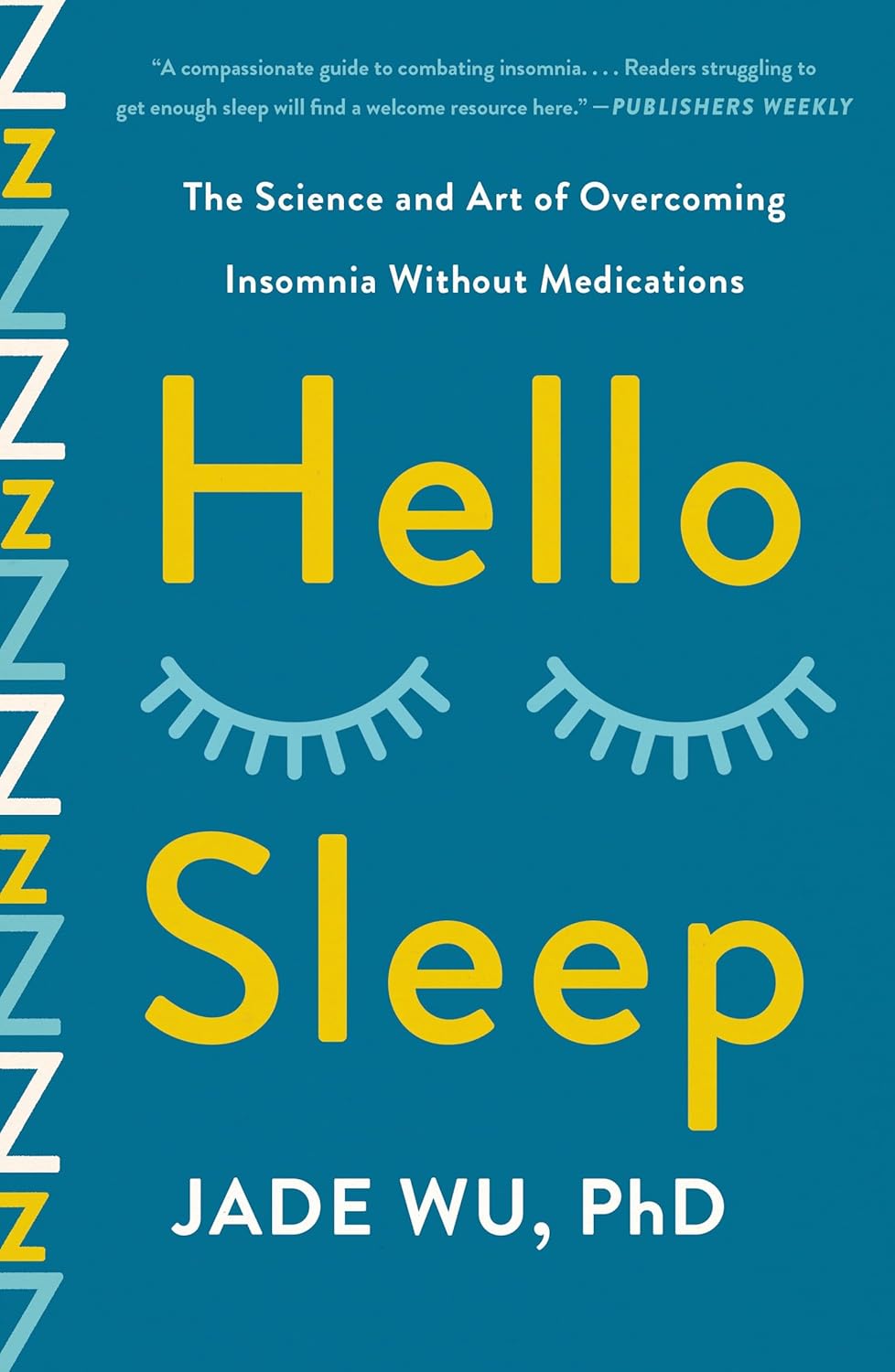
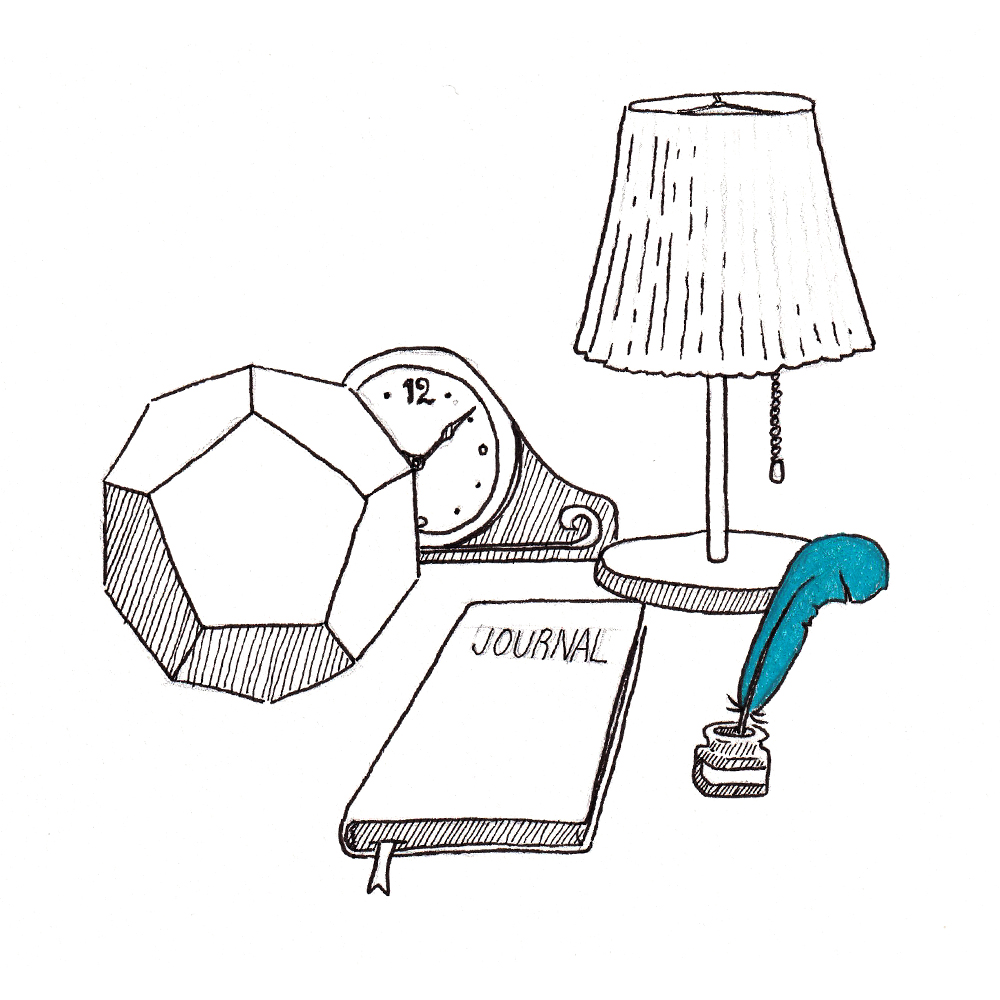



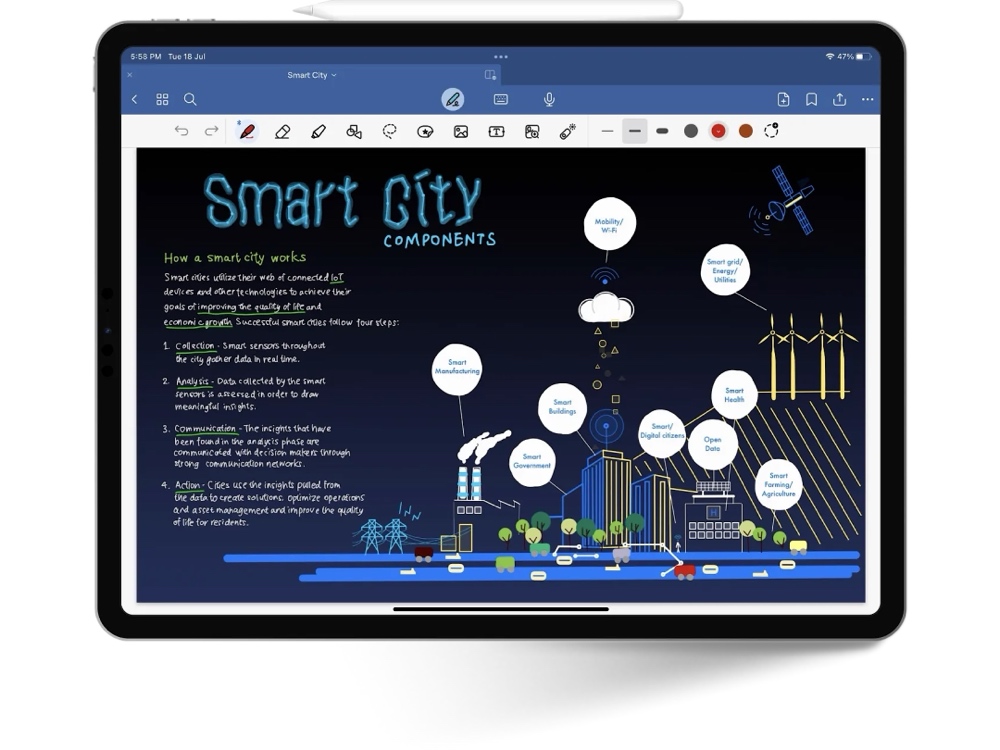




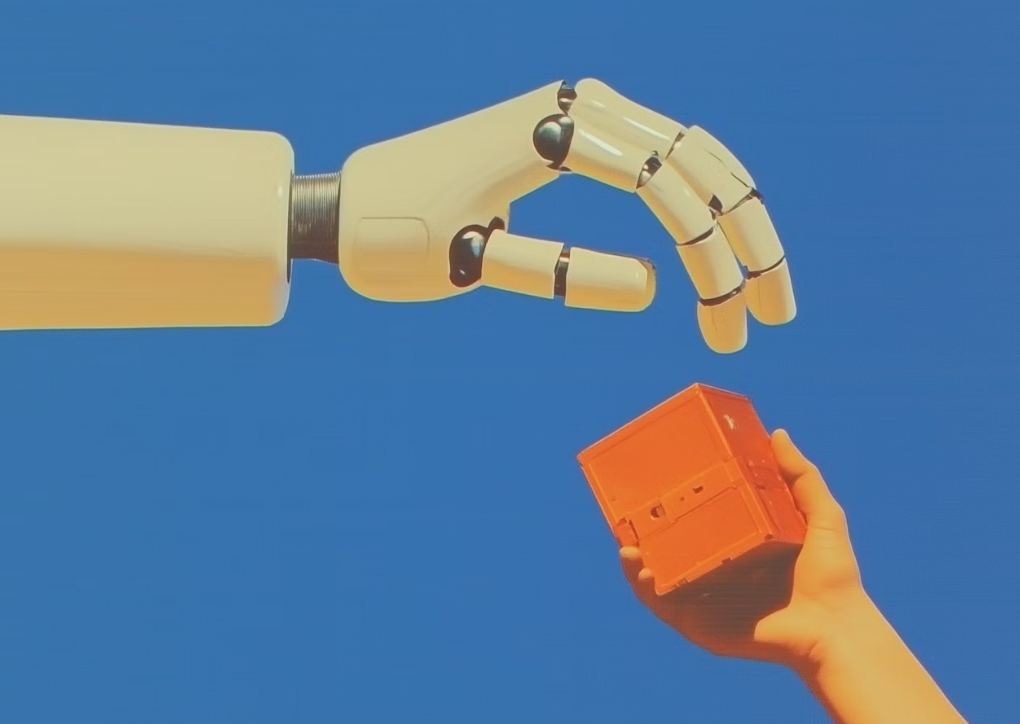

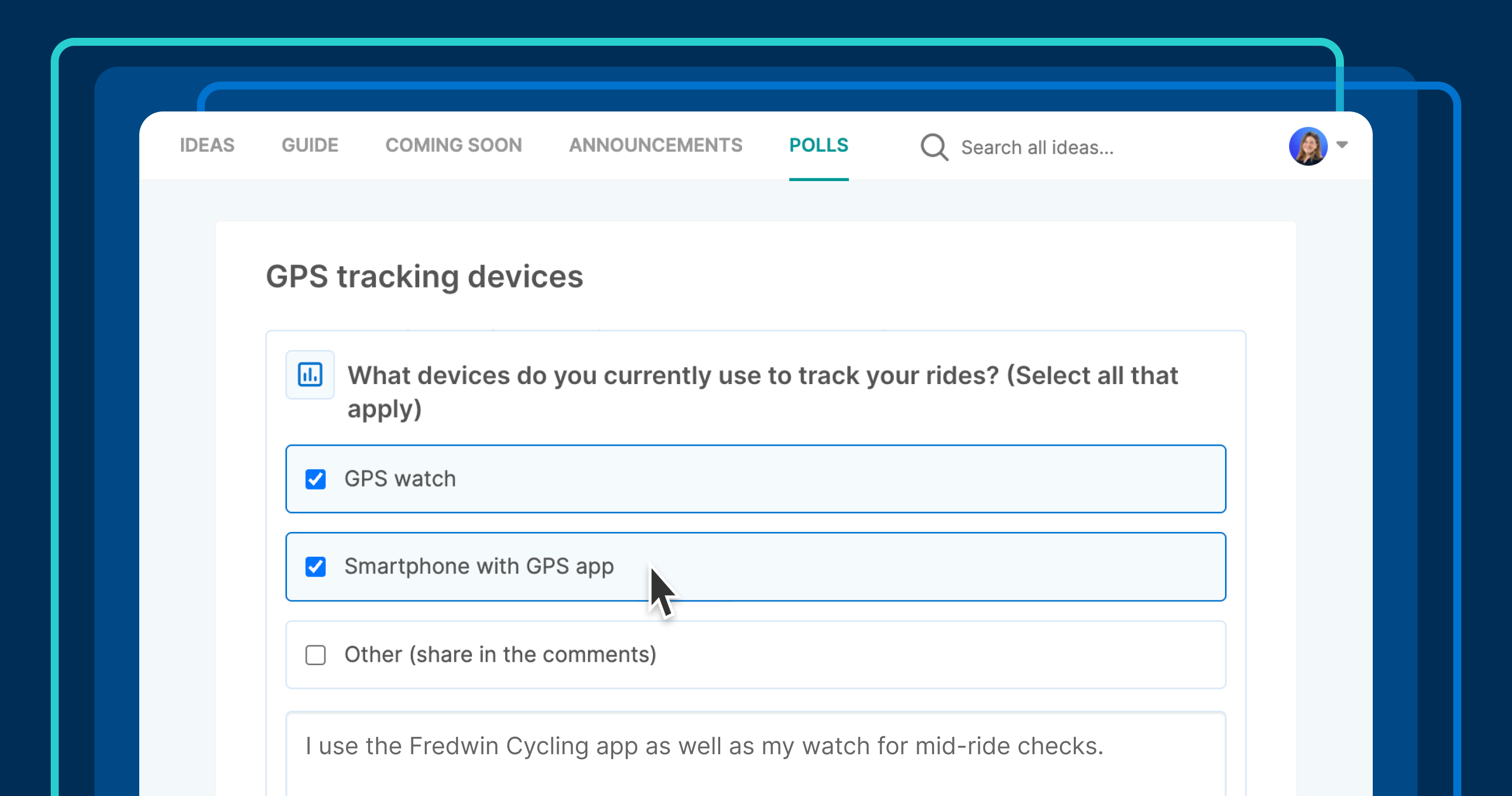







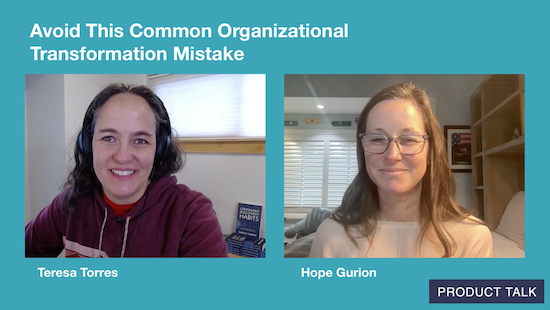
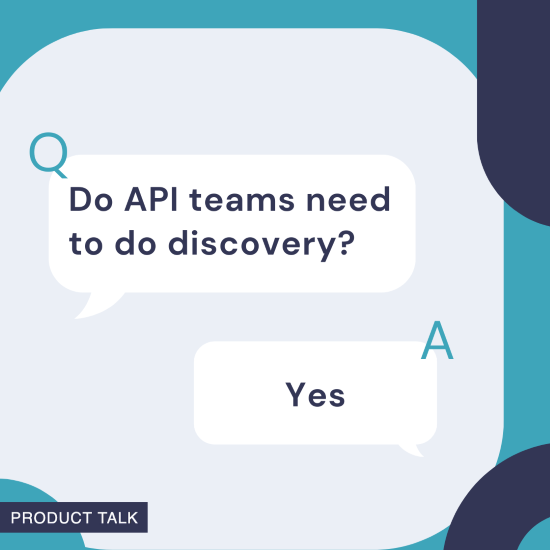
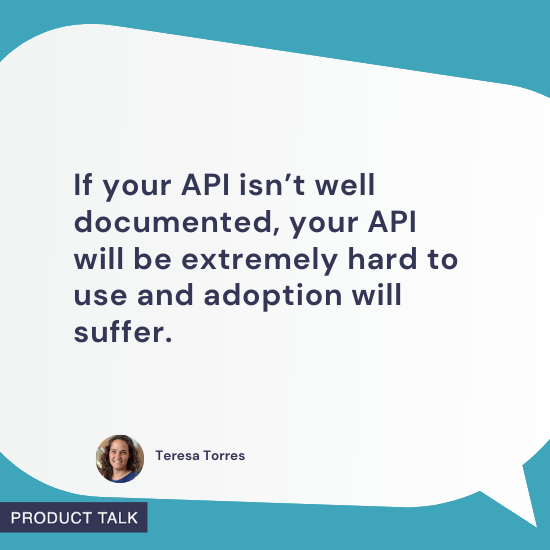










![Building A Digital PR Strategy: 10 Essential Steps for Beginners [With Examples]](https://buzzsumo.com/wp-content/uploads/2023/09/Building-A-Digital-PR-Strategy-10-Essential-Steps-for-Beginners-With-Examples-bblog-masthead.jpg)

